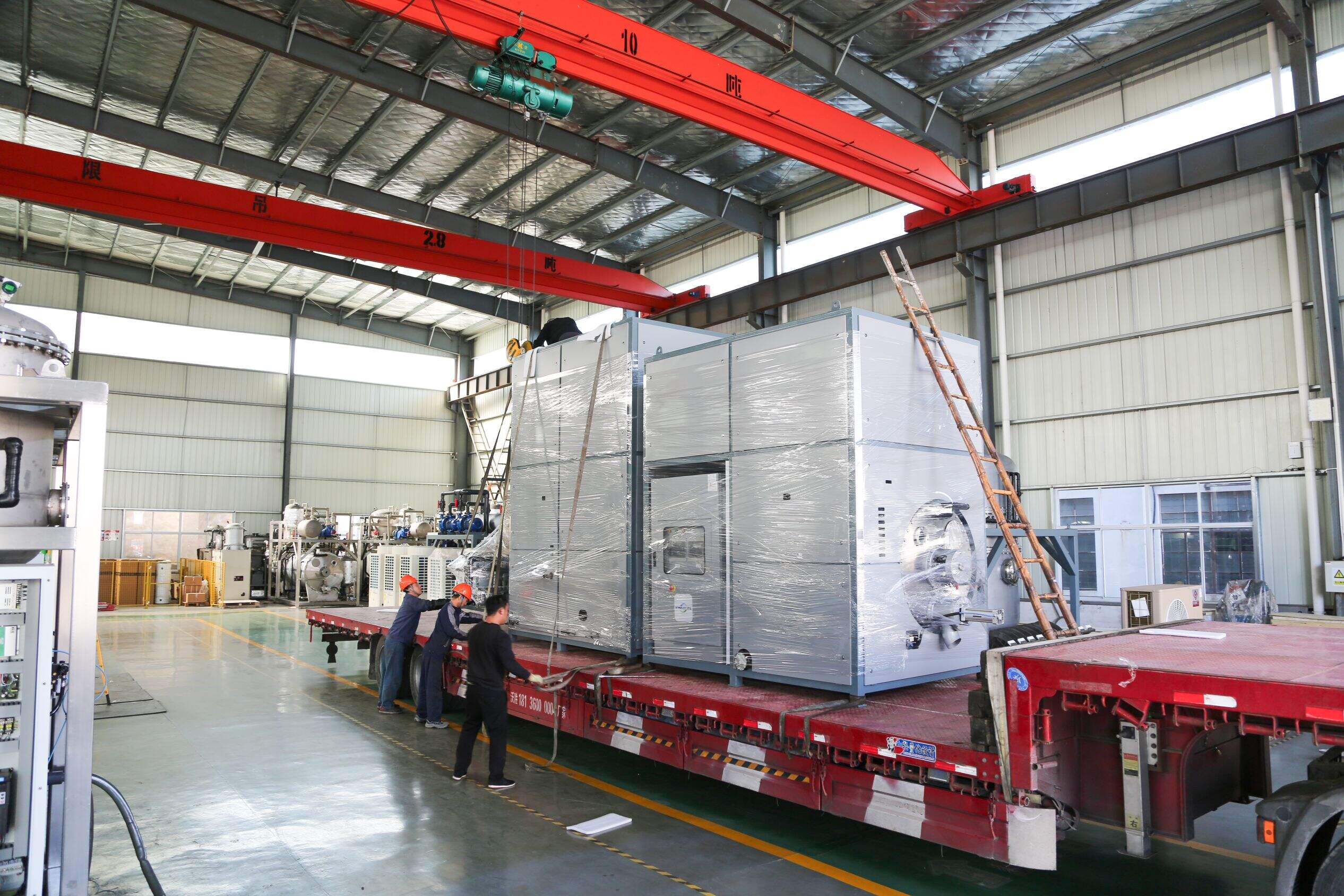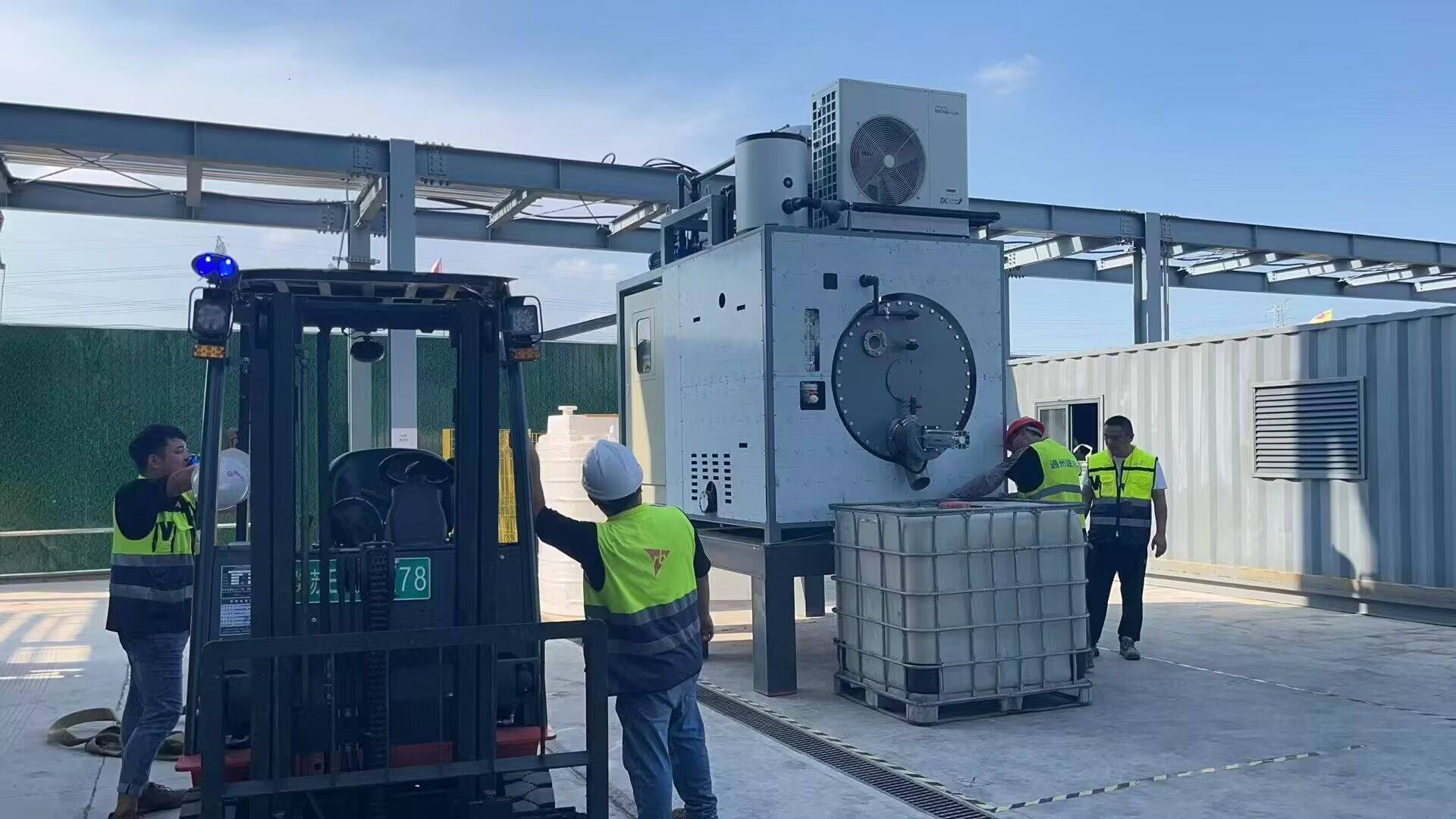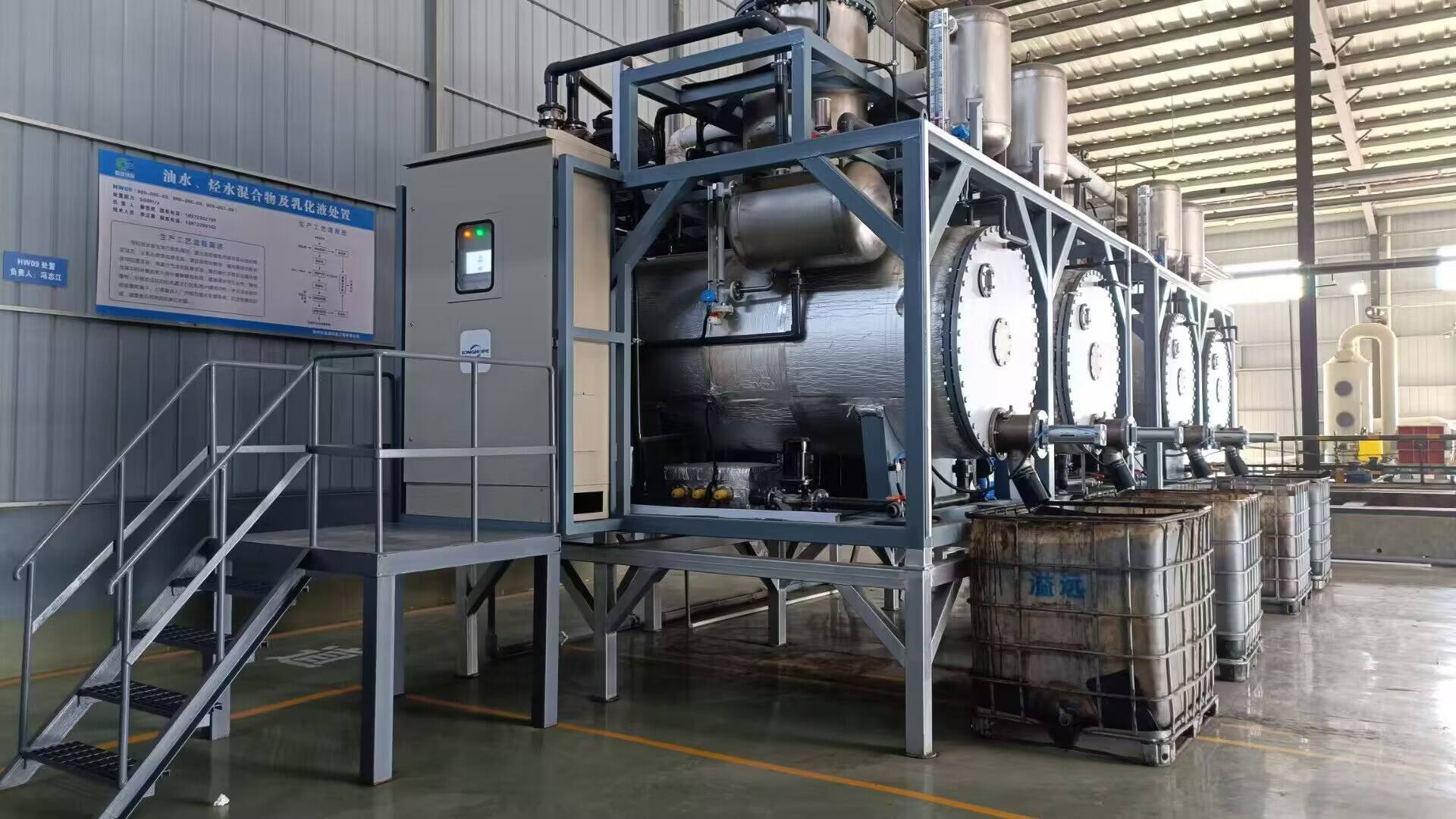waste water management system
A waste water management system represents a sophisticated infrastructure designed to collect, treat, and safely dispose of used water from residential, commercial, and industrial sources. This comprehensive system incorporates multiple stages of treatment, including preliminary screening, primary settling, secondary biological processing, and tertiary treatment for advanced purification. The system utilizes cutting-edge technologies such as membrane bioreactors, UV disinfection, and automated monitoring systems to ensure optimal performance. These technological features enable the removal of contaminants, pathogens, and harmful substances, transforming waste water into environmentally safe water. The system's applications extend across various sectors, from municipal waste water treatment to industrial process water management. Advanced control systems monitor water quality parameters in real-time, ensuring compliance with environmental regulations and maintaining consistent treatment efficiency. The infrastructure includes collection networks, treatment facilities, and discharge mechanisms, all working in harmony to protect public health and environmental integrity. This integrated approach allows for the processing of large volumes of waste water while maintaining high treatment standards and operational reliability.


